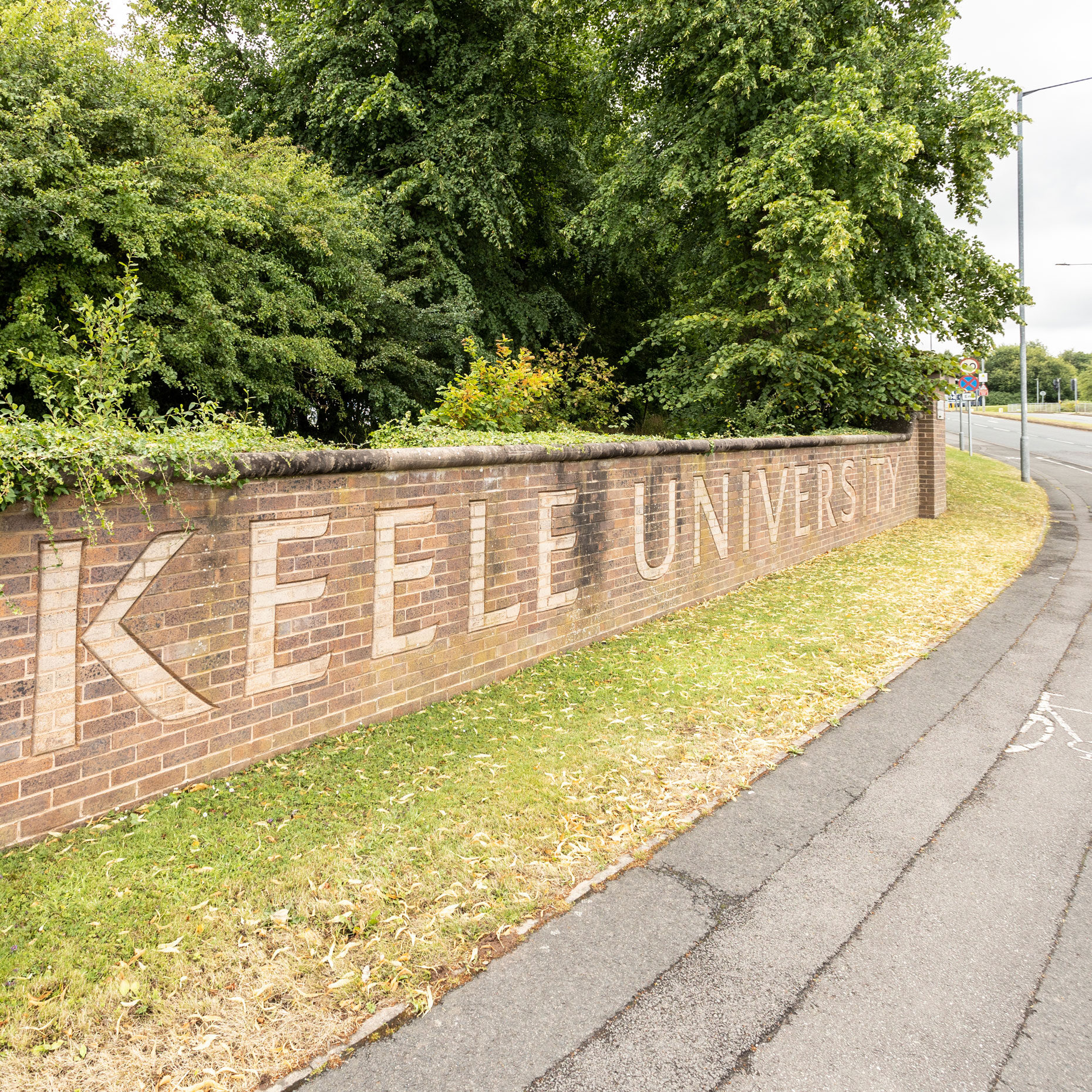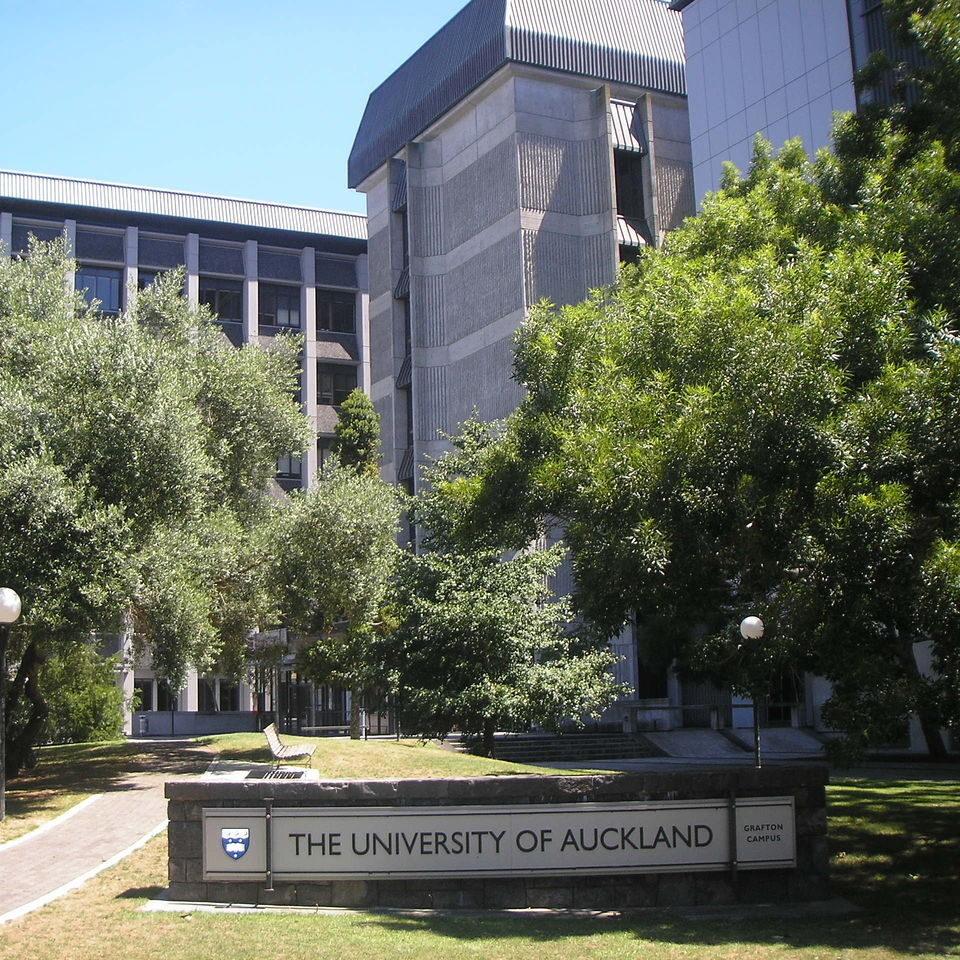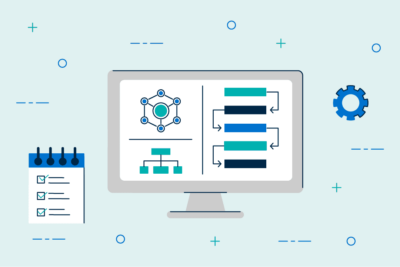Organizational Transformation Resource Center for Higher Ed
As college and university administrators grapple with evolving student needs, fiscal constraints, and inefficient processes, the journey toward a more unified and effective institutional structure becomes increasingly essential. This resource center is designed specifically for higher ed cabinets and chief business officers seeking to navigate these complexities of implement lasting organizational change.
Across higher education institutions, leaders face common hurdles—resistance to new ideas, fragmented administrative processes, and the daunting task of cultivating a culture receptive to transformation. However, through our research we’ve found that, despite sharing common challenges, different campuses require distinct approaches to change.
EAB has created a series of case studies on organizational transformation, each providing valuable insights and actionable strategies tailored to unique institutional contexts. Together, these case studies offer lessons learned and best practices that can serve as a roadmap for senior leaders grappling with their own transformation efforts.
-
What is organizational transformation?
Organizational transformation is a large-scale, lasting change to an institution or its component pieces that reshapes structures and processes to improve efficiency and/or effectiveness.
As you explore the case studies featured in this resource center, consider the key themes that emerge: the importance of leadership buy-in, the value of iterative change, the necessity of community involvement, and the power of evidence-based decision-making. Explore these models of organizational change to uncover the pathways to lasting improvement on your own campus.
How The University of Helsinki Turned a Funding Crisis into Lasting Administrative Efficiency
Approach to change: Rapid, crisis-driven initiative followed by iterative improvement
Methodology: Shared services transition, iterative process improvement, and digitization
Institution profile: Public research institution in Helsinki, Finland with a €814M operating expense, 31,000 students, and 8,800 staff
The University of Helsinki responded to unprecedented funding cuts with a bold reimagining of administrative services. Helsinki’s move to a shared services model demonstrates how decisive leadership, structured support for staff, and a commitment to continuous feedback can transform financial challenges into long-term resilience and efficiency gains.

How Keele University Sustained a Large-Scale Transformation
Approach to change: Centralized, top-down mandate
Methodology: Shared services migration and process improvement in six professional service areas
Institution profile: Public research institution in Keele, U.K., with a $210M operating expense, 12,500 students, and 1,500 staff
Keele University’s “One Keele” initiative modernized its professional service structure and increased operational efficiency across academic and administrative units. This case study on Keele demonstrates the power of strong leadership and continuous reassessment in overcoming resistance to change.

The University of Auckland’s Blueprint for Improving Administrative Efficiency
Approach to change: Long-term, continuous and incremental transformation
Methodology: Function Lead Model drives efficiency through strategic planning and standardization
Institution profile: Public research institution in Auckland, New Zealand, with a $701M operating expense, 35,000 students, and 6,300 staff
The University of Auckland transitioned to a Function Lead Model over a ten-year transformation process that emphasized incremental changes, continuous benchmarking, and cross-unit collaboration. Through strategic planning and administrative standardization, Auckland successfully reduced transactional activities and increased internal efficiencies, proving that patience and persistent assessment can drive remarkable results.

Ohio University’s Relationships-Based Approach to Transformation
Approach to change: Collaborative effort leveraging relationship building and community involvement
Methodology: Extended rollout of Business Service Center based on unit interests
Institution profile: Public R1 research institution in Athens, Ohio, with a $221M operating expense, 28,000 students, and 3,600 staff
Ohio University presents an insightful example of how transformative initiatives can thrive through community engagement and relationship building. By adopting a shared services center that allowed units to voluntarily participate in the transition, Ohio University tackled ingrained resistance to change and achieved substantial improvements in service delivery and operational savings.

More Resources to Guide Organizational Change

Design a Shared Services Model That Reflects Campus Priorities

Compendium of Interinstitutional Partnerships

Design Better Workflows with Five Process Improvement Steps

From Strategic Vision to Organizational Change Playbook

Ease the Transition to Shared Services with a Plan for Change Management Hurdles
This resource requires EAB partnership access to view.
Access the resource center
Learn how you can get access to this resource as well as hands-on support from our experts through Strategic Advisory Services.
Learn MoreAlready a Partner?
Partner Log InGreat to see you today! What can I do for you?